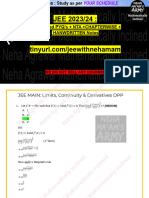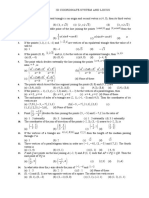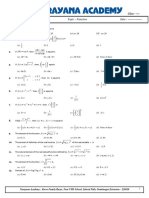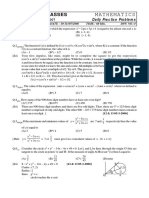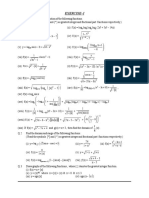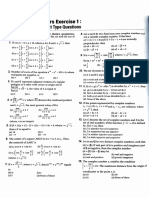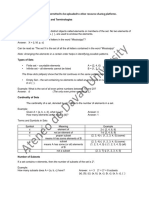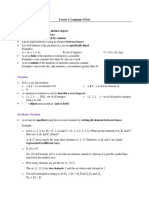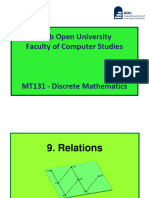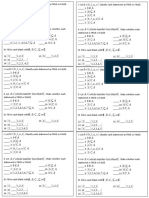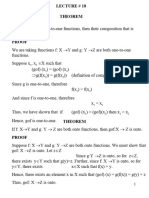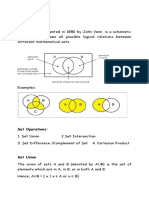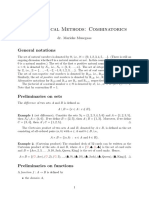0% found this document useful (0 votes)
90 views9 pagesFunctions Alpha
The document is a question paper for the Sri Chaitanya IPL Olympiad focusing on mathematics, particularly functions. It contains multiple-choice questions covering topics such as one-to-one functions, onto functions, ranges, and domains, along with their respective answers. The paper is structured in sections with various mathematical problems and their solutions provided at the end.
Uploaded by
rkhnk2023Copyright
© © All Rights Reserved
We take content rights seriously. If you suspect this is your content, claim it here.
Available Formats
Download as DOCX, PDF, TXT or read online on Scribd
0% found this document useful (0 votes)
90 views9 pagesFunctions Alpha
The document is a question paper for the Sri Chaitanya IPL Olympiad focusing on mathematics, particularly functions. It contains multiple-choice questions covering topics such as one-to-one functions, onto functions, ranges, and domains, along with their respective answers. The paper is structured in sections with various mathematical problems and their solutions provided at the end.
Uploaded by
rkhnk2023Copyright
© © All Rights Reserved
We take content rights seriously. If you suspect this is your content, claim it here.
Available Formats
Download as DOCX, PDF, TXT or read online on Scribd
/ 9


















